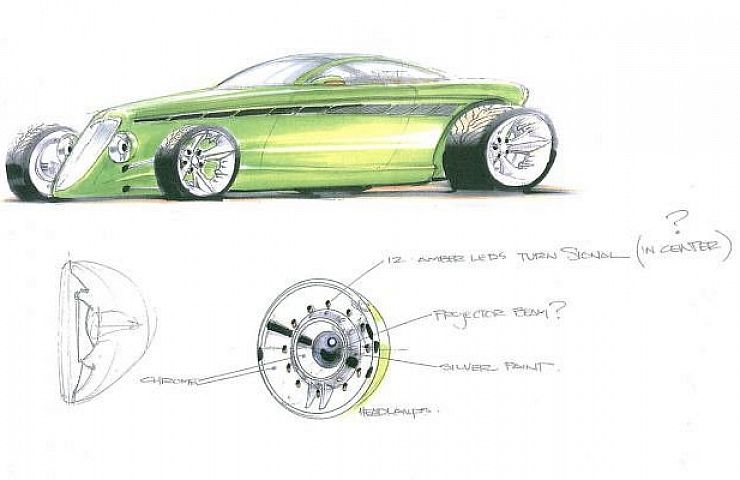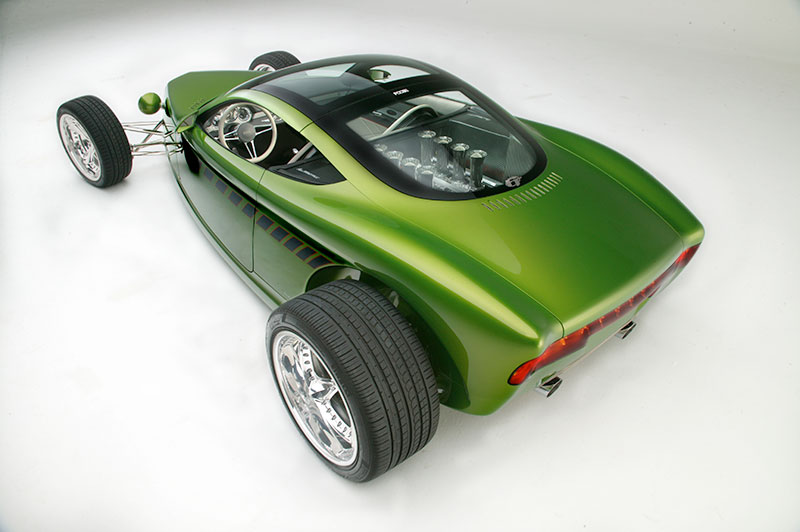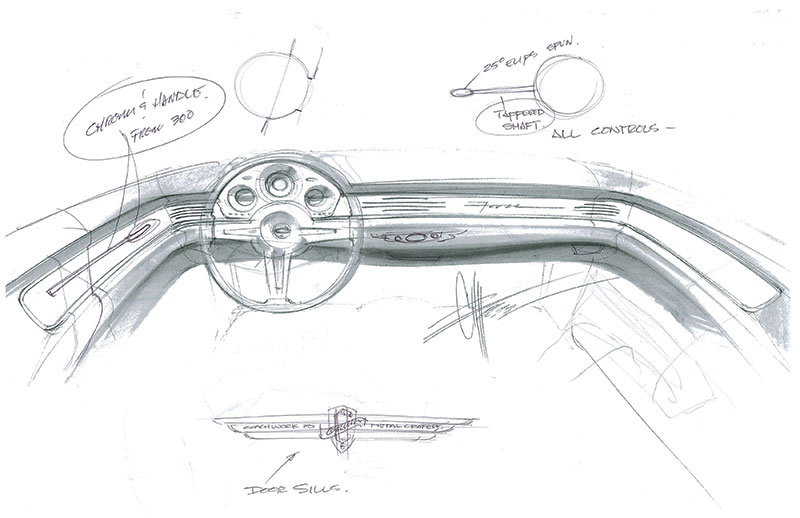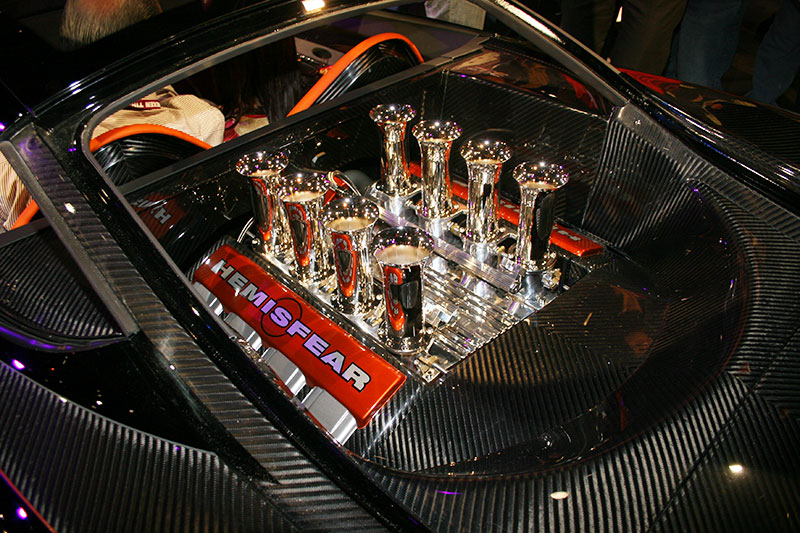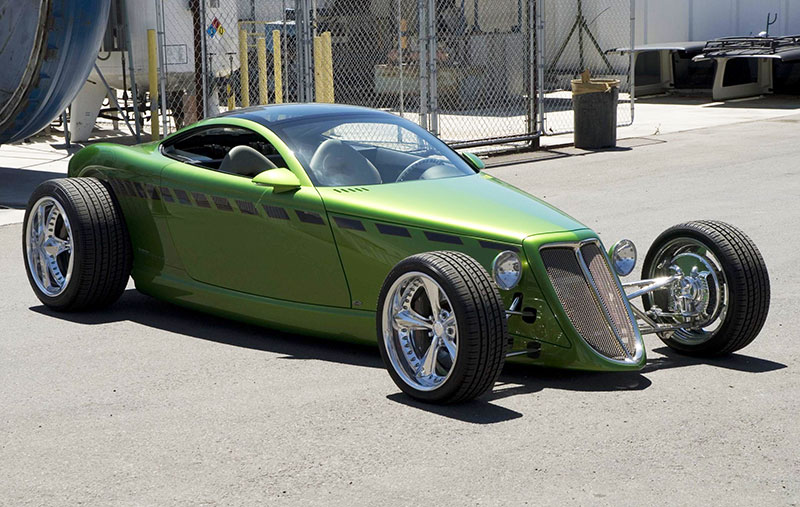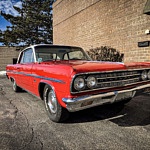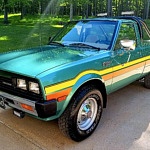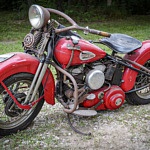If there was just one thing I could communicate to anyone interested in hot rodding and custom car design, it’s this: there are absolutely no rules when it comes to letting your imagination soar.
There’s no government inspector who’s going to show up at your door and rap you across the knuckles if you don’t respect some assumed industry standard for your next design. The only thing guiding your hand on the sketch pad is your own sense of what works, and what doesn’t, when expressed in sheet metal.
Even the most creative people aren’t necessarily born knowing how to put together a killer hot rod. Understanding when you can push the limits or when you should pull back is very personal to each individual designer. It’s a skill that develops over time through experimentation, exploring new horizons, and learning from our failures.
The proof is all around us. For every subtle European custom, there’s an outrageous one-off design like George Barris’s Batmobile. Great design has room for both incremental and innovative paths.
Try New Things and New Tools
Innovation can be a powerful disruptive force in the world of hot rodding. This applies to the design, as well as the tools used to make them a reality. There was once a time in hot rodding when labor was cheap and technology was expensive. Today, it’s the opposite: access to high tech fabrication and design equipment is at an all-time high, for very little money, while the time of skilled customizers is at a premium.
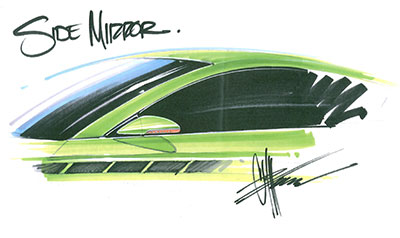
The Foose Hemisfear, shown in the pictures in this post, is a perfect example. Although the car was based on a concept and model I created using traditional tools of the trade as a Senior at the Art Center, when it came time to build it 17 years later the design was done entirely on a computer. While I don’t work directly in a CAD environment, I illustrated every part and produced scale drawings that were then transferred to a software platform. In some cases, I also worked directly with CAD designers. Once that work had been completed, the chassis and suspension components were fabricated using CNC machines, and then the body’s full carbon fiber structure was produced using CNC cut molds.
It’s the only way we could have built Hemisfear in such a detailed manner in the time allotted. Once the first prototype had been built, we had everything on the hard drive that we needed to build the next five examples. This scalable solution allowed us to also digitally test suspension movement, door openings, aero concerns, and accessibility, all before fabricating a single part.
Design is subjective. It’s not always easy to measure success, or predict failure. We grow the most when we push our limits, and create something that moves the entire hot rodding industry forward—even if just a fraction of an inch. Those inches add up to feet, then miles, and before you know it, your imagination puts you on a path you couldn’t possibly have seen from where you started.
See Custom Car & Truck Xenon Lights for sale on eBay.

